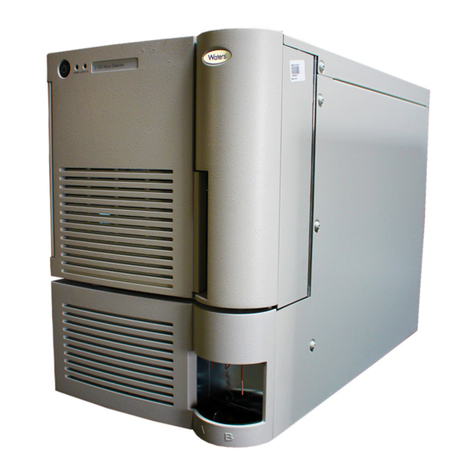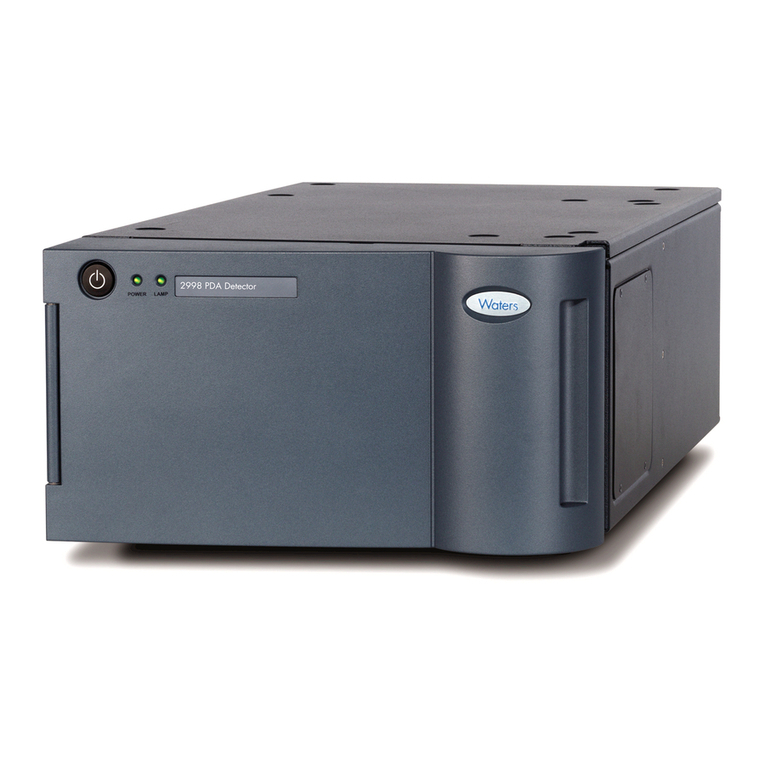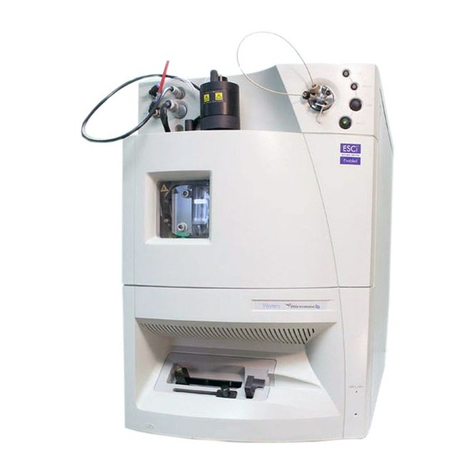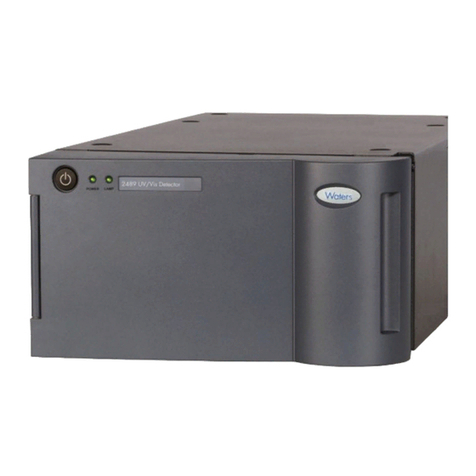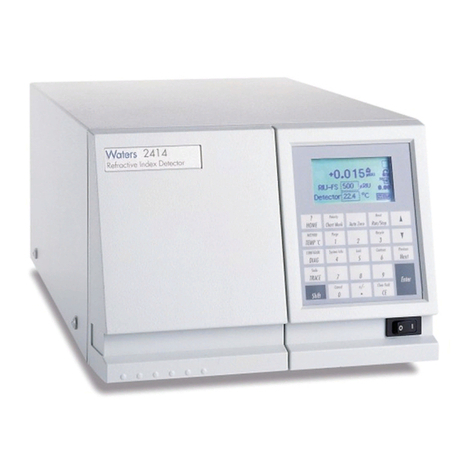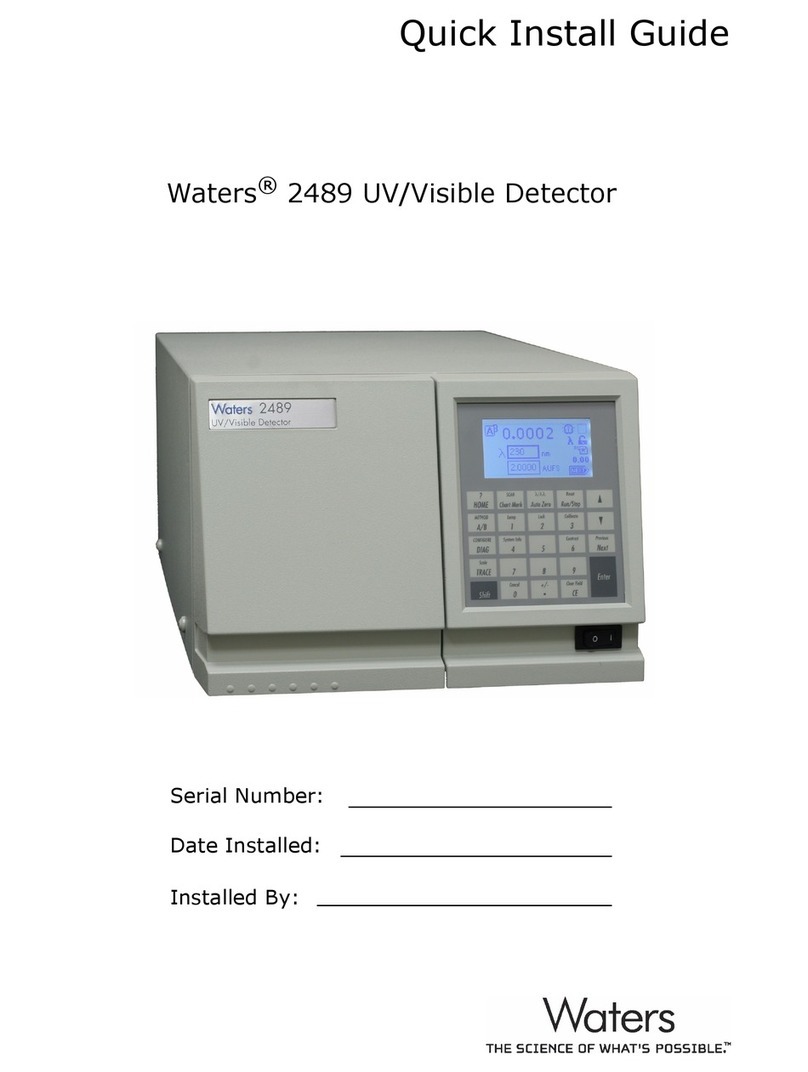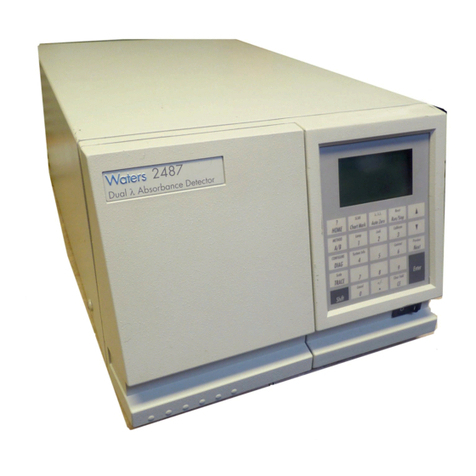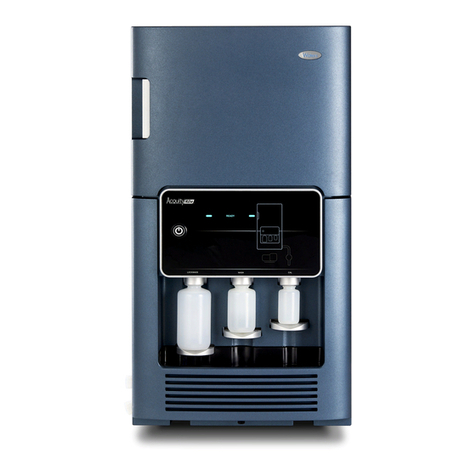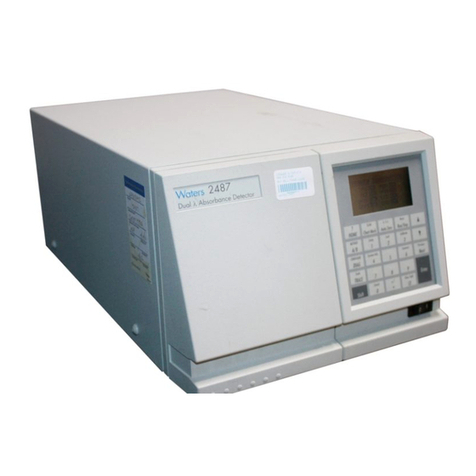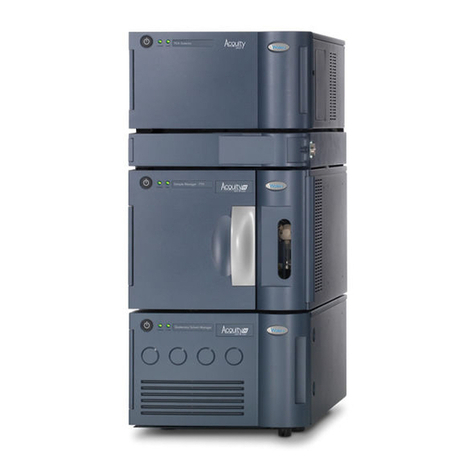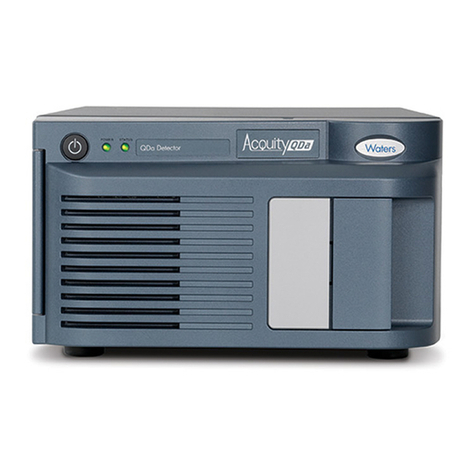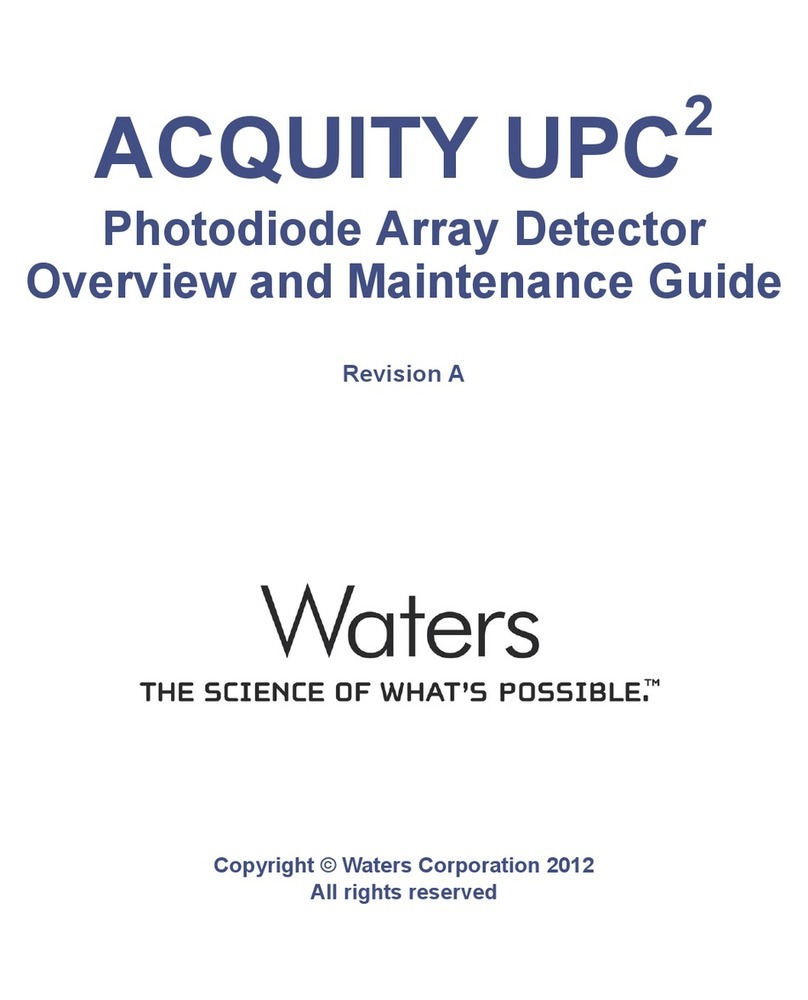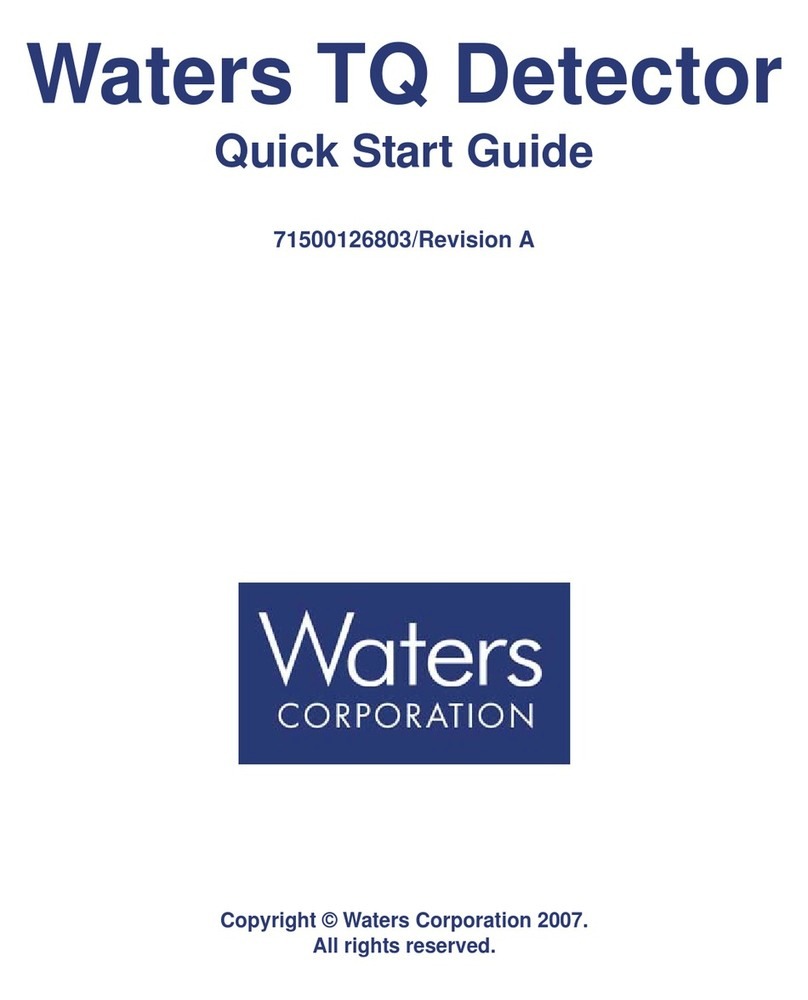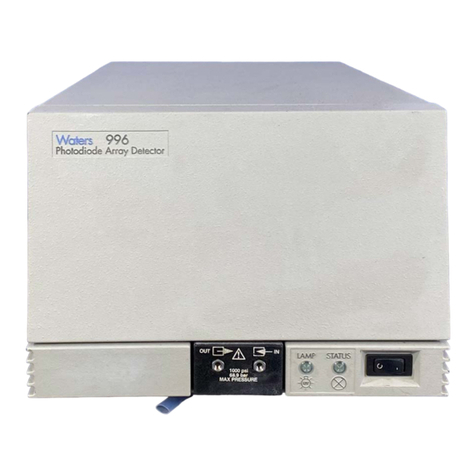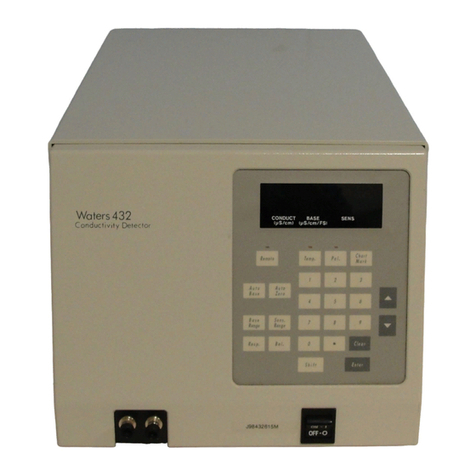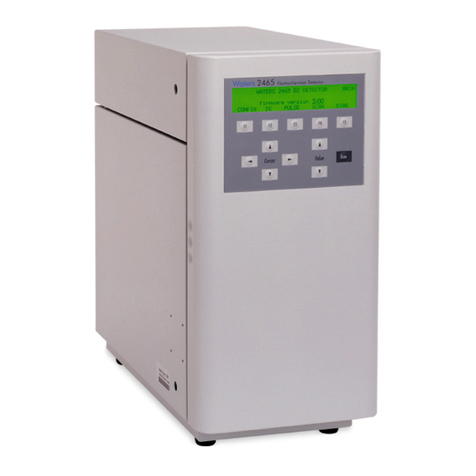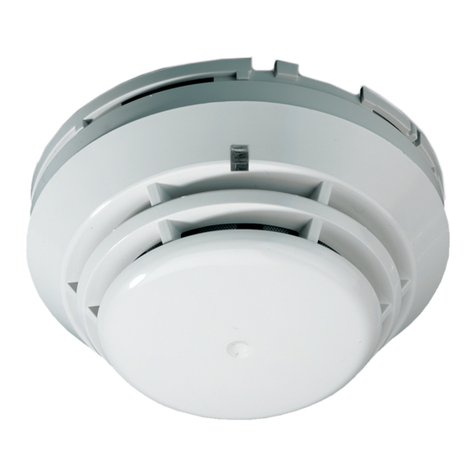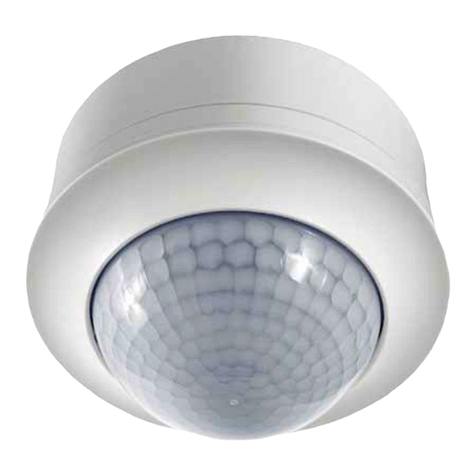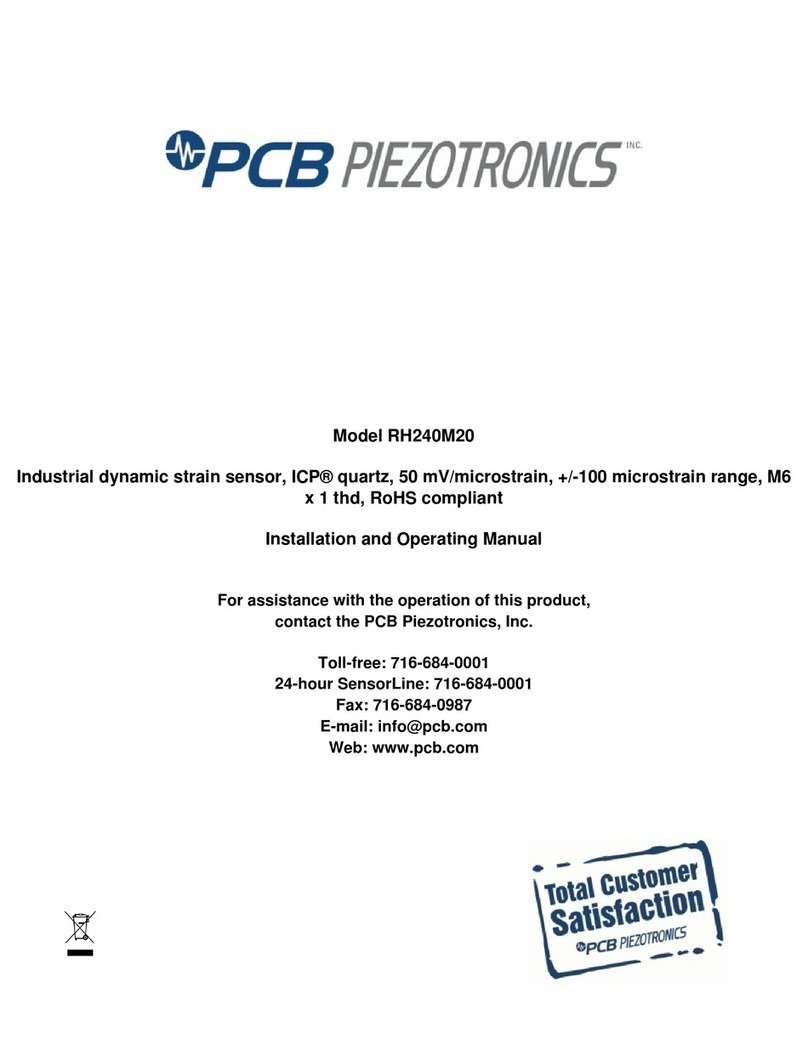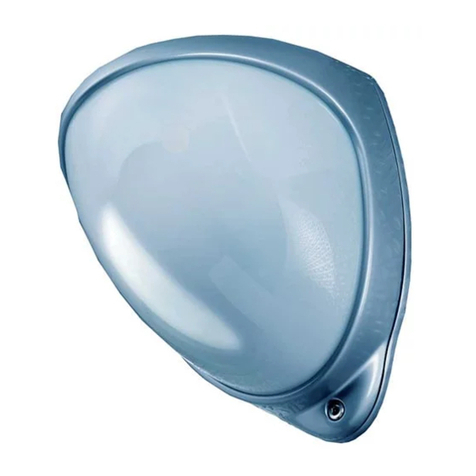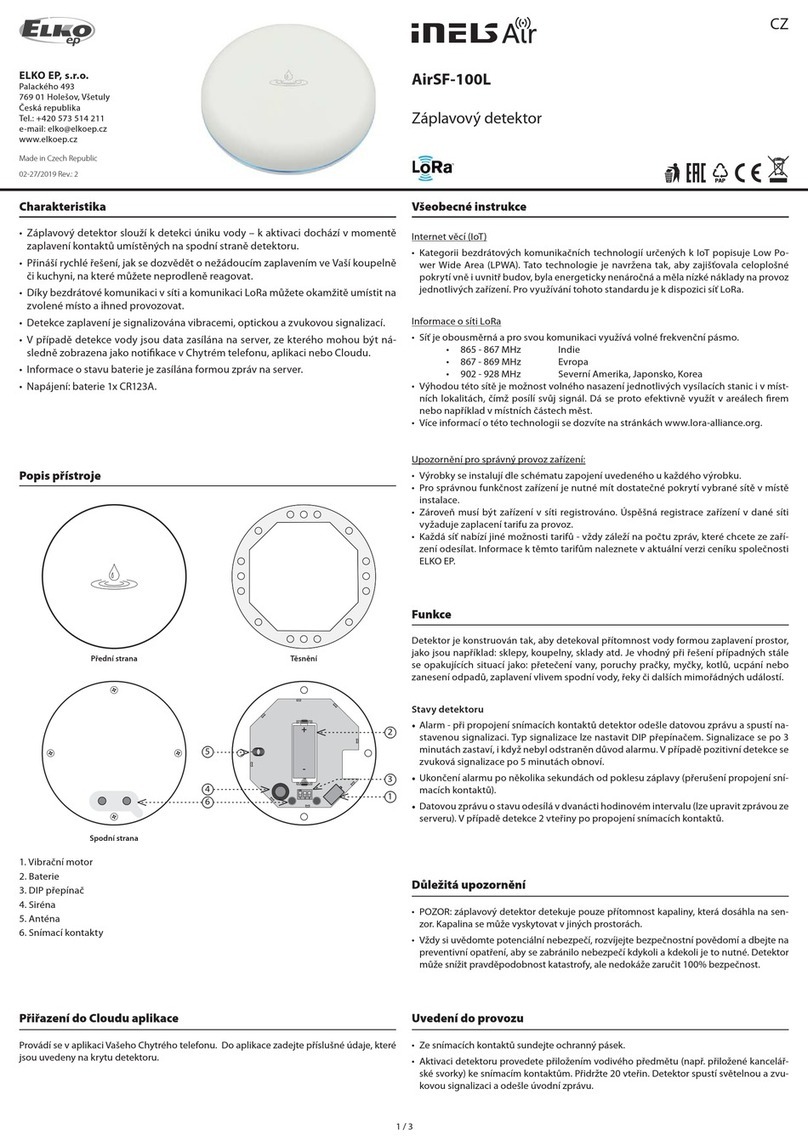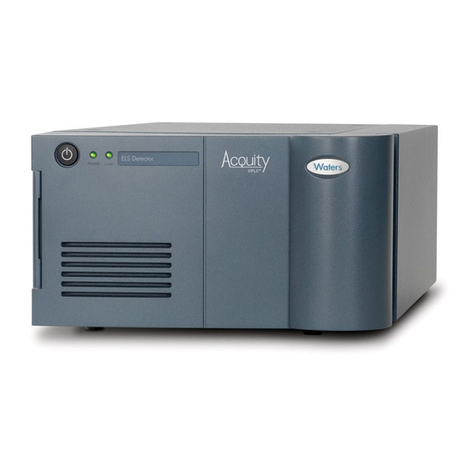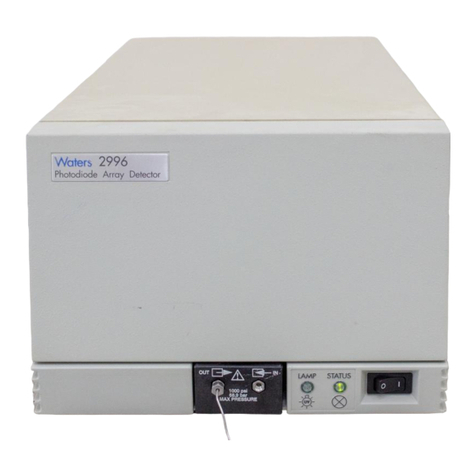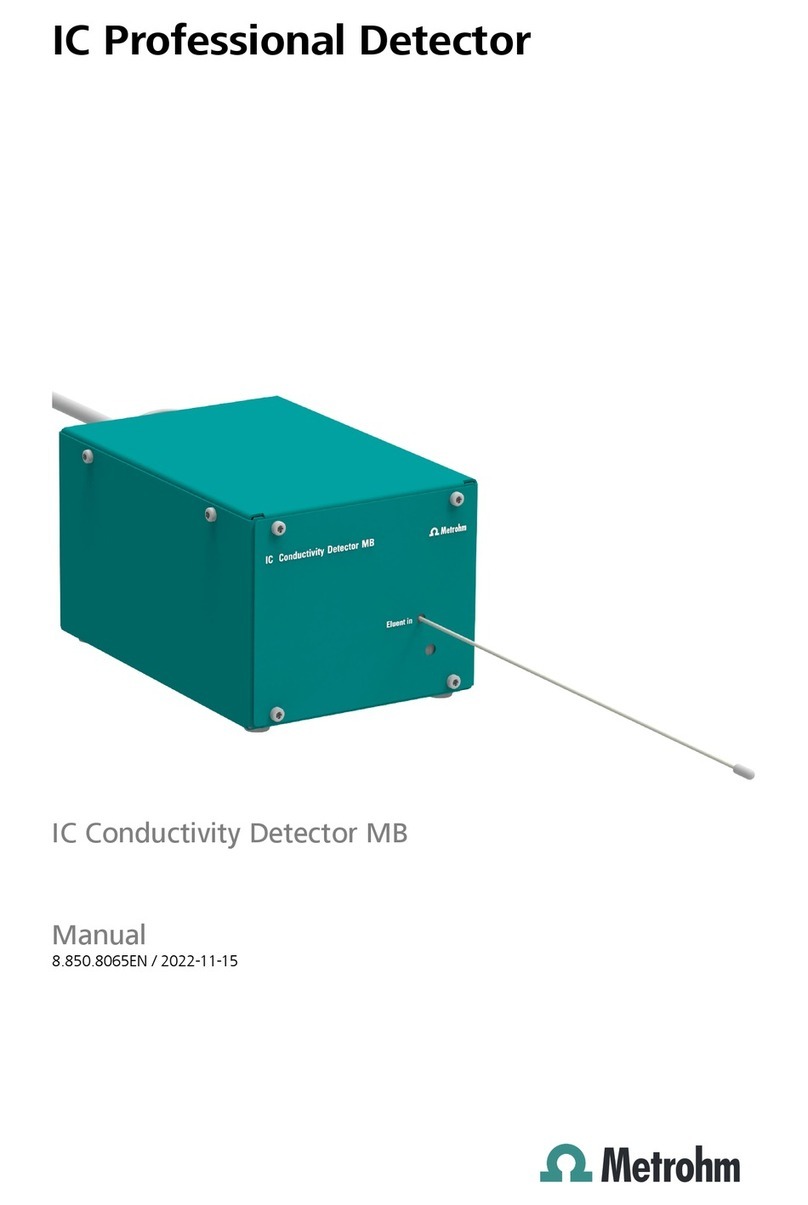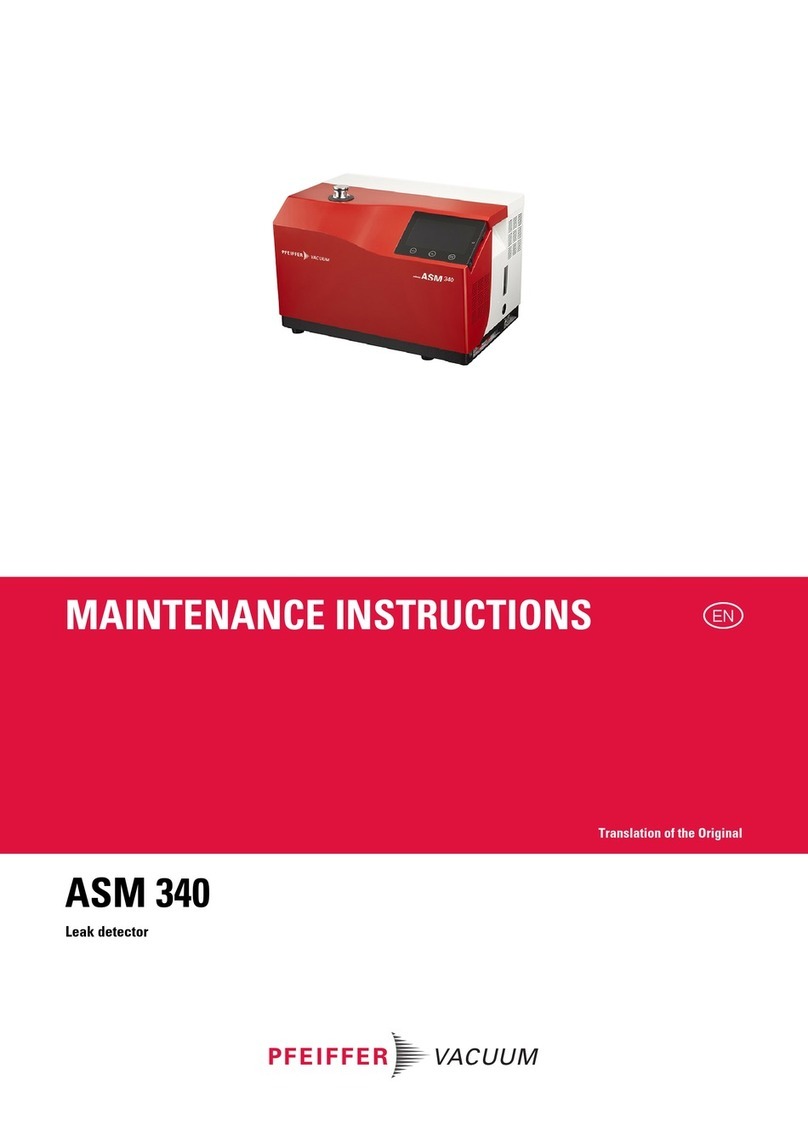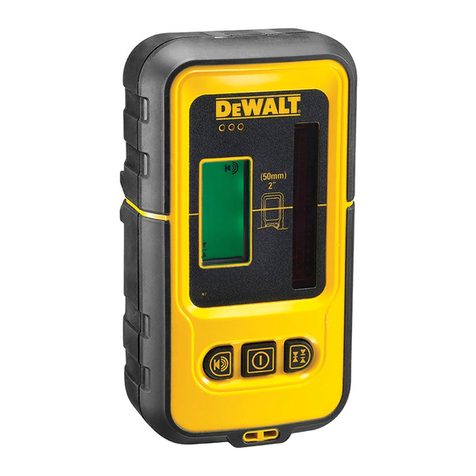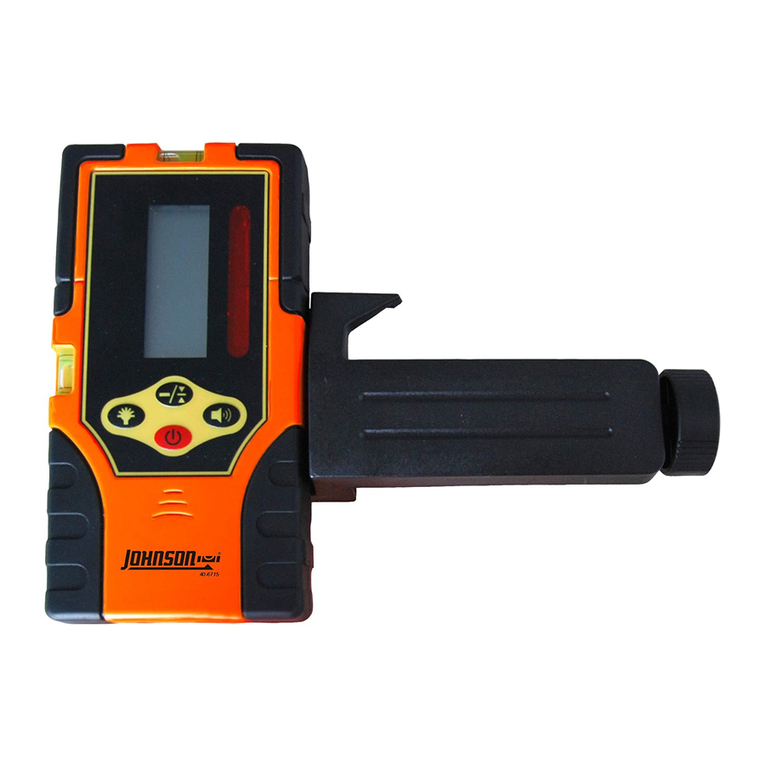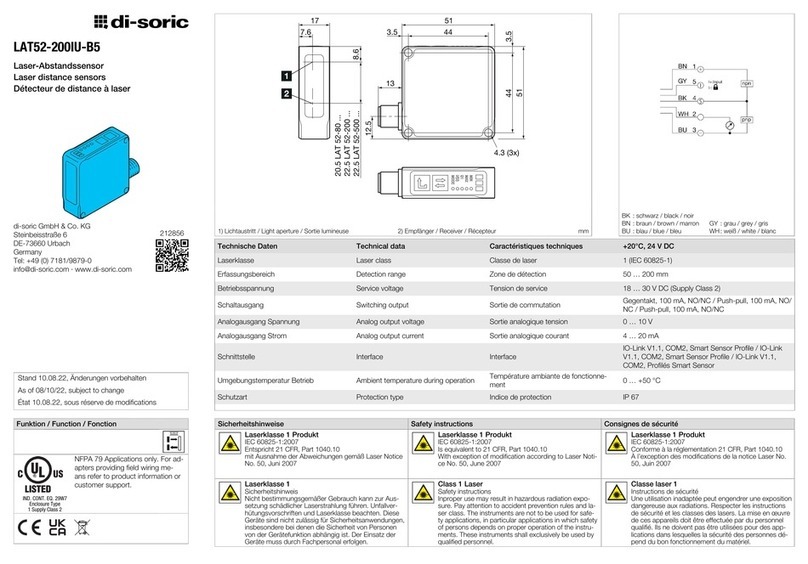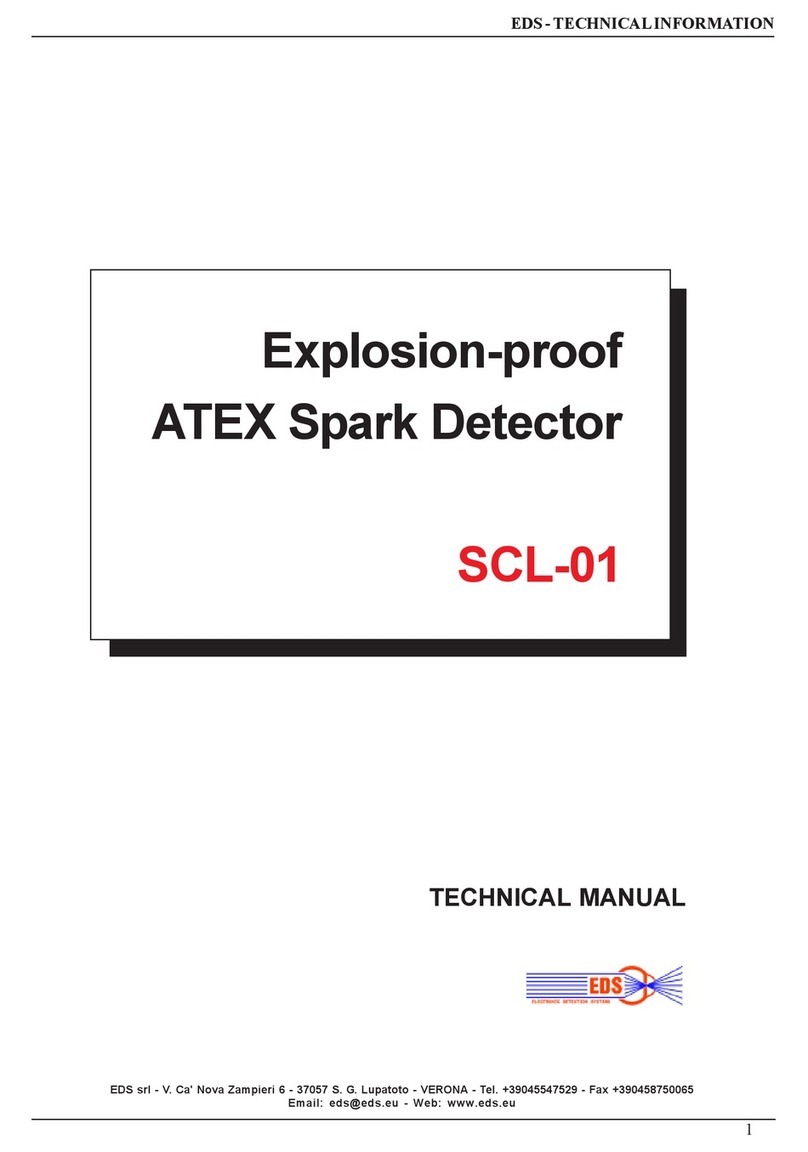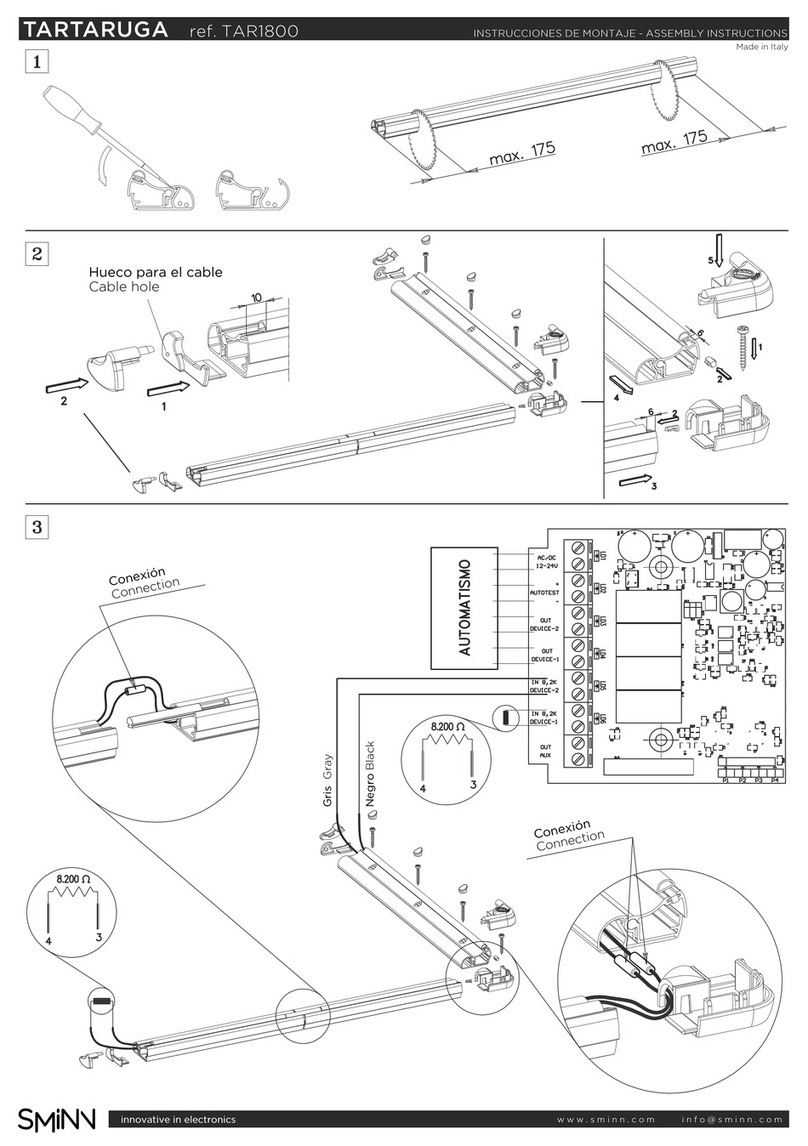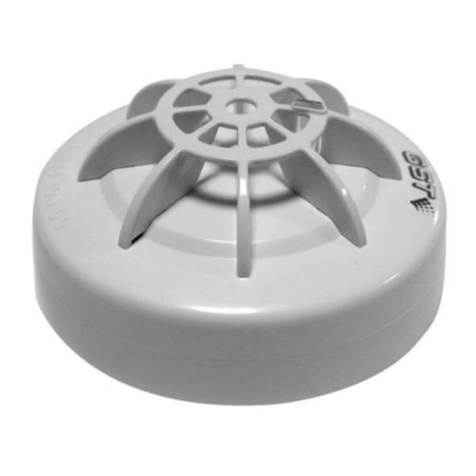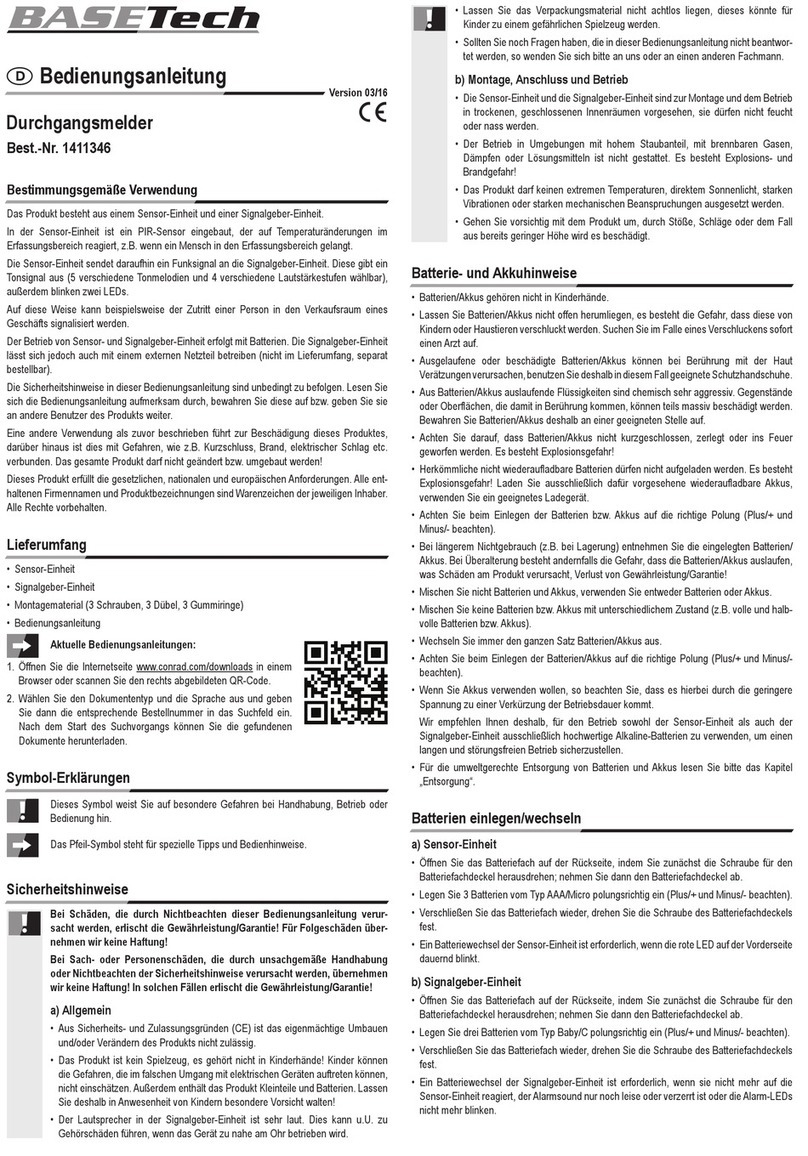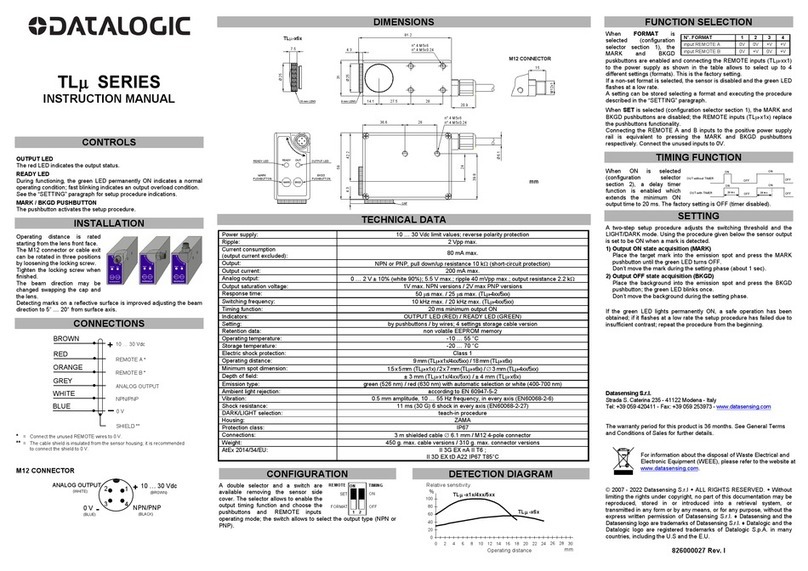
x Table of Contents
Flow cell options ................................................................................................ 17
Before you begin ................................................................................................ 18
Installing the detector ...................................................................................... 19
Plumbing the detector ...................................................................................... 21
Installing the multi-detector drip tray ............................................................. 25
Making Ethernet connections ......................................................................... 27
I/O signal connector ........................................................................................... 27
Connecting to the electricity source ............................................................. 28
Starting the detector ......................................................................................... 29
Monitoring detector LEDs................................................................................. 31
About the detector control panel....................................................................... 31
Shutting down the detector ............................................................................. 34
Shutting down for less than 24 hours............................................................... 34
Shutting down for more than 24 hours............................................................. 34
Maintaining the detector ................................................................................. 36
Contacting Waters technical service................................................................. 36
Maintenance considerations.............................................................................. 37
Proper operating procedures ............................................................................. 37
Maintaining the leak sensor ............................................................................. 39
Replacing the detector’s leak sensor................................................................. 43
Maintaining the flow cell................................................................................... 45
Replacing the lamp ............................................................................................ 56
Replacing the fuses ............................................................................................ 59
Cleaning the instrument’s exterior................................................................... 60
Spectral contrast theory .................................................................................. 61
Comparing absorbance spectra ......................................................................... 61
Representing spectra as vectors........................................................................ 62
Spectral contrast angles .................................................................................... 64
Undesirable effects ............................................................................................ 67
Error messages and troubleshooting ............................................................ 71
Startup error messages ..................................................................................... 71




















